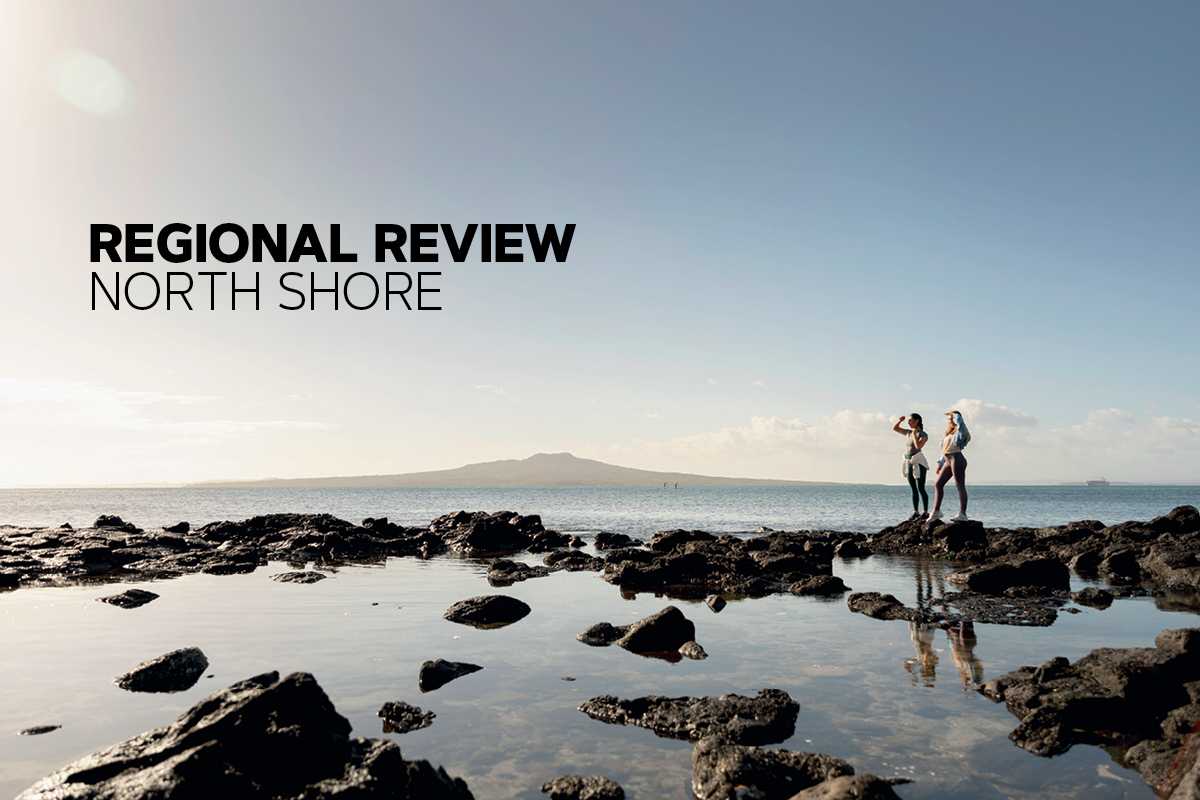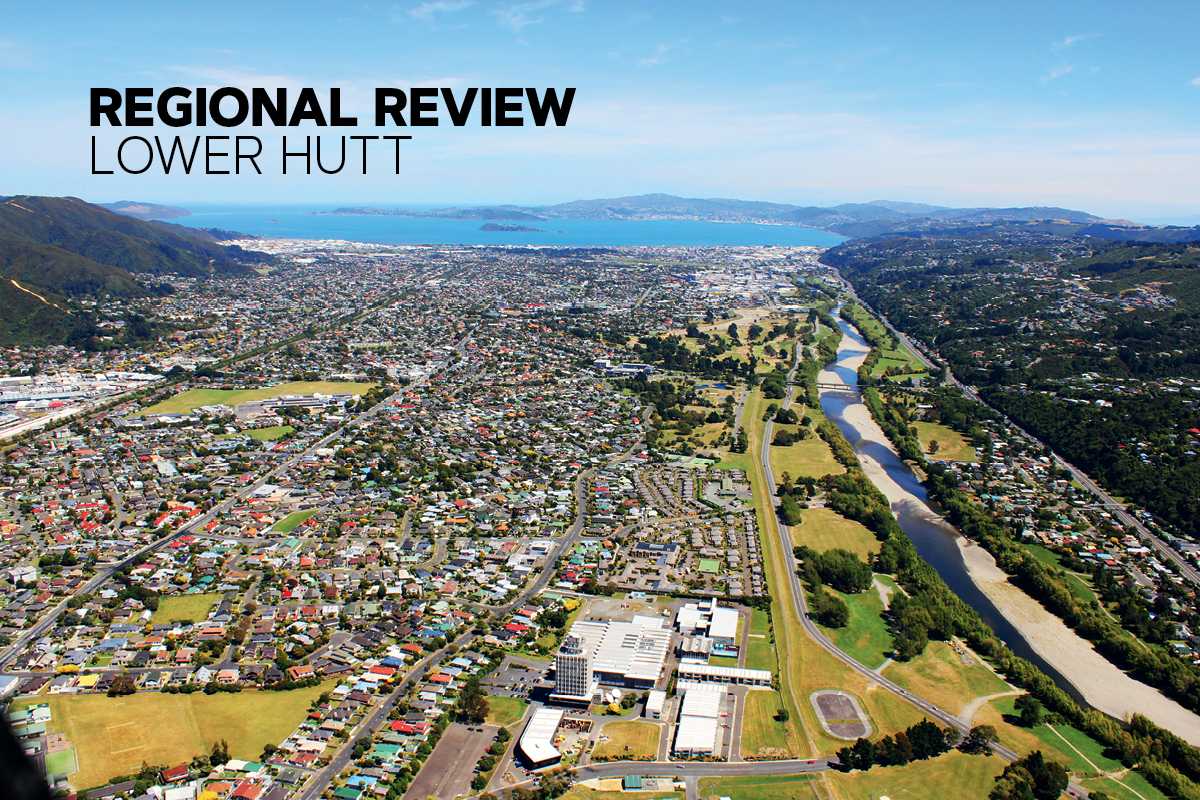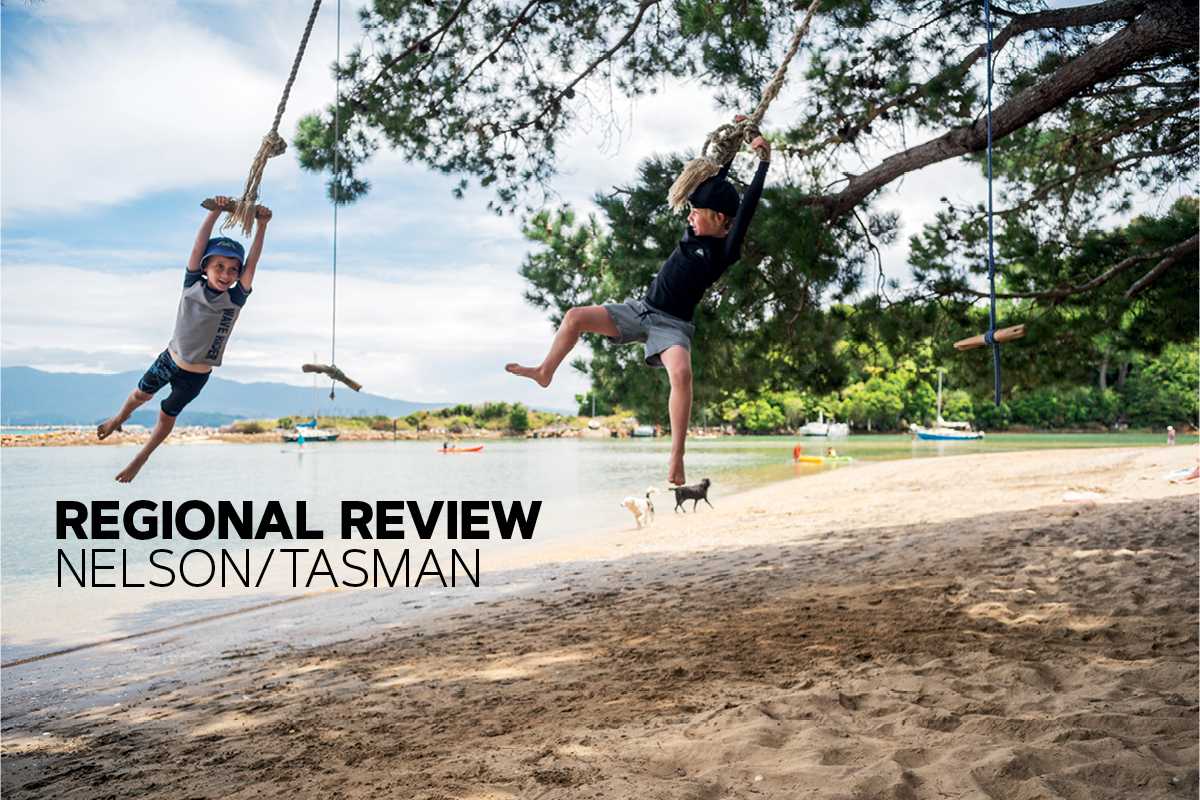
The south's creative heart
Nelson is well known as an artsy place that fosters alternative lifestyles, but it’s palette extends well beyond that, Sally Lindsay writes
30 April 2023
This city has the highest number of artists per capita in New Zealand. As well as the many excellent local potters, craftspeople and artists, the institution that best reflects Nelson is the international phenomenon of the World of Wearable Art, an awards show that began in rural Tasman nearly 30 years ago, but has now moved to Wellington.
Apart from a thriving arts scene, Nelson also has a booming economy; it has one of the lowest unemployment rates in the country. Agriculture underpins Nelson and Tasman. It’s also home to a big fishing port. Retail, transport and health are other industries that need plenty of workers.
The wine industry is also on the list. There are more than 100 vineyards, with varieties such as pinot noir, pinot gris and sauv blanc calling Nelson home.
Along with endless rows of vineyards, Nelson is also the place to be for beaches, rivers and national parks, making it one of the most scenic places in the country. Mountain biking, water sports, fishing and hiking are all activities locals enjoy.
And Nelson Tasman is highly connected, making it easy to get around and experience everything the region has to offer. It has the shortest average commuting times for urban centres in NZ, giving people more time to enjoy their extraordinary backyard.
In Nelson Tasman it is no more than 90 minutes from the city or Motueka to the acclaimed wilderness areas of Abel Tasman, Kahurangi and Nelson Lakes, and 15 minutes to historic Cable Bay, Dun Mountain and Horoirangi Marine Reserve.
Being the geographical centre of the country, it’s handy to many places; by air only 25 minutes to Wellington; 85 minutes to Auckland and 50 minutes to Christchurch.
Nelson’s median house prices never went “berserk” after the pandemic lockdowns lifted and REINZ’s latest data shows they have dropped just 15.6 per cent over the year to the end of February, whereas in Wellington they dropped 20.6 per cent. Tasman prices have dropped 5 per cent over the year.
The biggest yearly suburban drop to March 1 across Tasman and Nelson was in Takaka at 11.2 per cent, latest CoreLogic figures show.
Nelson houses in Toi Toi, Bishopdale, Tahunanui, Annesbrook, Nelson South and Wakatu dropped between 9.7 per cent and 7.8 per cent and are now in the $700,000 to $500,000 range. In Motueka and Stoke drops of 7.3 per cent and 6.8 per cent respectively put houses in the $700,000 bracket.
PRICES PLATEAU
Ray White Nelson general manager Ben Cooper says prices are likely to continue dropping or they will plateau.
The company is picking a plateau in pricing similar to the GFC when growth was minimal at 2-2.5 per cent during that time.
Cooper says like most of the market 2020 and 2021 was an unnatural price bubble and during that period property investors came back into the market in force. “This created dented supply, with only 230 properties available for sale in the whole Nelson Tasman region near the peak.”
The company usually averages 650-700, but now more than 900 properties across the region are for sale.
Over the past decade the region has averaged 11 per cent growth a year with many investors relying on capital growth rather than straight cash flow, he says. “With interest rates sitting above 6 per cent and gross rental returns around 4 per cent, most investors are looking for options to increase yield via multi-dwelling properties, adding minor dwellings or self-contained units, sleepouts or even tiny homes to existing properties.”
Nelson district’s median sale price rose 28 per cent between lockdown in April 2020 and the peak in March 2022. There has been a 17 per cent adjustment down since then.
Rateable values were set in September 2021 near the peak, averaging a more than 40 per cent rise across the Nelson region and in some cases 60 per cent-plus. “This has resulted in about 80 per cent of properties currently selling below the 2021 rateable value, but this shouldn’t be used as a guide to value,” Cooper says.
Tasman’s median sale price increased 40 per cent since lockdown to peak in January last year, with an 8 per cent adjustment since. Cooper says this
is largely due to more higher value properties (lifestyle blocks, farms, coastal properties and brand new homes) being sold compared to the Nelson region.
There was also a big increase in demand for lifestyle or off-the-grid type properties off the back of the pandemic and many people wanting to work remotely.
Tasman’s RVs were set in October 2020, part-way into the bubble. “It will be interesting to see where the new RVs land, which are due to be set again this year,” says Cooper.
Sharp rises in the OCR over the past 18 months have resulted in a quick correction and return to a more normal market.
“Across the region, the number of sales are down about 20 per cent on the long-term average and the average time to sell is three weeks longer than the long-term average.”
With the sudden correction, winter last year was a cold market as buyers and vendors adjusted to the sudden changes, culminating in January being the lowest number of sales ever.
“For property owners wanting to sell it means now is still a good time as the short to medium-term outlook means a return to price increases is some way off. For investors who are looking for long-term secure and sustainable growth, there are plenty of options available on the market and savvy buyers will be looking for properties in traditionally good growth areas, those with multiple income options or opportunities to create these.”
ACTIVITY RISES
Investors are already back in the market, says Stewart Henry, general manager of Summit Property Management.
“There was a slow period last year where prices were dropping and the number of investors buying property declined. However, we are seeing activity this year increasing and last month a high number of our new clients had just bought.”
It has also had benefits for the company. From January to February 134 new tenancies started across Summit’s Nelson/Tasman/Marlborough portfolio, almost twice the bi-monthly average.
“We are seeing a steady interest all year now,” Henry says. “Over the past few years the demand for rental properties has been steady year round and we have seen a regular lift in rental prices as well. Last year and, so far this year, there seems to be less seasonal change from summer to winter.”
However, he says rental demand is definitely higher than supply and as with any growing city there is always the need for more rental properties.
“We are seeing a high number of tenants enquire on properties as they are advertised and this doesn’t seem to have slowed with winter approaching.”
A small number of properties in centralised areas were damaged by Cyclone Gabrielle. Some of these have come back on the market again after repairs. “Initially we were prepared for a large number of enquiries after the cyclone, but a lot of people were able to stay with family and friends.”
Henry says there are a few extra people at viewings and in the community who have relocated from other regions, but this is relatively consistent with people normally moving to Nelson.
PROPERTY RETAINED
With the slowing sales market Henry says some potential sellers are opting to retain their properties and rent them out. “Due to legislation changes we are also getting numerous enquiries from landlords who want to engage a professional to look after their investment for them.
“In the grand scheme of things there hasn’t been a big number of investors leaving the market, but some investors sold to cash in their long-term investments when the market was high and some are changing out older properties, that are high maintenance, to buy newer ones.
“Some investors, who will need a higher percentage of mortgage borrowing, are waiting to see if this or any other government reverses the tax changes as they will need the ability to claim interest against income as a business expense to make more purchases workable.”
Without an oversupply of rentals all suburbs are popular, but renters do prefer Nelson city and Stoke near schools, Richmond to Wakefield and Motueka.
Although Nelson doesn’t have many apartment developments, if any units do become vacant Henry says they are snapped up as are rare one-bedroom properties.
Two to three-bedroom properties are the most preferred by renters and the average rents in Nelson are $550 a week for a three-bedroom property and $500
for a two-bedroom.
Most properties are rented after just one viewing where a maximum of 10 groups can attend. It takes a maximum of seven to 10 days to rent a property.
Renters’ biggest headache is competition for properties, says Henry, as well as increasing living costs across rent, utilities, food and transport.
For investors the hike in interest rates, insurances and rates as well as maintenance costs and the removal of tax deductibility of interest payments is not helping, he says.

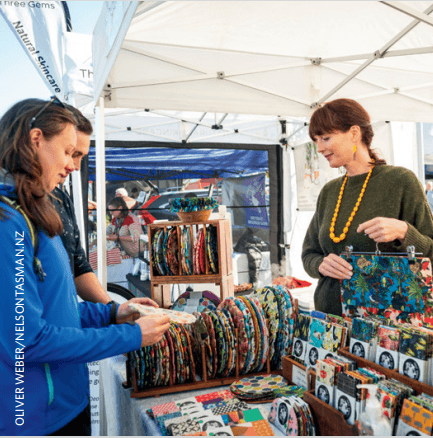

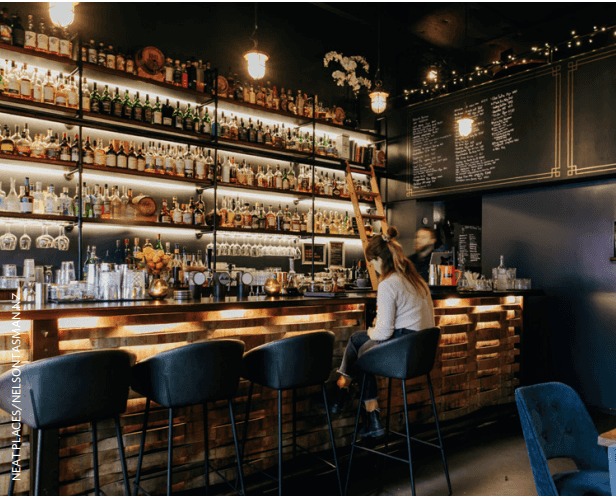



Scenic Rabbit Island lies a short distance from Richmond town centre.

